It seems like Aston Martin has never been out of trouble for very long.
Since the seventies, the firm most famous for making the DB5 of everyone’s favorite secret agent and the King of England’s DB6 Volante has teetered on the verge of extinction. They went into receivership in 1974, got revived and then struggled again, were given a huge cash infusion by an American Big Three, and then set adrift once more to their current state of peril.
I’m sure there are numerous ways that this storied 112-year-old brand can be turned around, but the one solution that I think we all dread might be the only one that will work.
Shaken And Stirred, Then Shaken Again
Few things seem as destined for failure as a boutique car maker that isn’t a division of a larger, mainstream automotive conglomerate. From Ferrari to Lamborghini and Bentley, the ability to lean on the development resources and cash coffers of giant OEMs has helped them to refresh product lines, be profitable, and stay afloat even in a down economy.
Aston Martin is not currently in that position. They’re owned by a consortium of various investors with deep pockets, but the ability to make money selling $250,000 SUVs and even more expensive ultra-low production cars is obviously not there. It’s even worse when those cars are actually not selling well at all. The company lost $366.1 million in 2024, even higher than the $303.6 million it lost the year before. Currently, their debt is at around $1.27 billion and rising.


I’ve seen images of some of the numerous products that Aston Martin is supposedly going to release over the next few years, from a hybrid supercar to a $500,000 new Lagonda. They all sound and look pretty interesting, but not one of these things sounds like products that will sell in more than a few hundred to a few thousand, if they’re very, very lucky in a market crowded with other established exotics. Remember, Aston hasn’t been under the big Ford umbrella since 2006, so there are no parts bins to raid. With development dollars to amortize, profits don’t sound promising. They’ll just be bleeding money from more wounds.

With Aston Martin sales down to barely 6,000 units a year in a time where even Ferrari and struggling Maserati each sell over twice that much, they’re reminiscent of Maserati right after Citroën relinquished ownership of them in the mid-seventies. Purchased by Alejandro Detomaso, the legendary car builder certainly knew a bit about marketing and making money in the difficult exotic car business. He’d sold the striking Pantera with easy-to-service Ford drivetrains through Lincoln-Mercury dealerships and had developed his own executive-style Deauville sedan and Longchamp coupe to move in higher volumes than his mid-engined sports car. Detomoso’s plan for Maserati involved the same tactics; a strategy that bore the Quattroporte III and, ultimately, the infamous Biturbo.

Now, don’t go off branding this Maserati-for-the-masses as a total miss. Our Jason Torchinsky recently defended it in a post that explained why it was anything but a total dud:
The Biturbo was also the first production car with twin turbos, and, more importantly, it was Maserati’s first real attempt to make something even close to a mass-market car, and while it wasn’t entirely successful, it defined a path that so many exotic carmakers rely on today to stay in business: have something that’s more accessible (think all those Porsche and Lambo and, yes, Maserati SUVs) so money can be made, and supercars can be built.
Alejandro DeTomaso bought Maserati in 1976, and was determined to make something regular-rich people could afford instead of crazy-rich people, and he succeeded, if you look at the numbers. Think about this: when DeTomaso bought Maserati in 1975, that year the company had built 201 cars. You know how many Biturbos were sold? 40,000. I think he accomplished what he set out to do.
Modern Maserati wouldn’t exist without the Biturbo, no matter what horror stories you think you heard from your dad’s friend’s dentist’s ex-squash partner’s older brother. These put Maserati on a path to actually staying around (you know, roughly) and are compelling cars, period.

Forty thousand cars! Honestly, had the reliability been even a little bit better, I think the Biturbo could have been an even bigger hit and given those sterile BMW 325e and stodgy Benz 190Es a solid headache. Look at the inside of this thing, and you can just smell the leather and rich walnut of these pictures (and burning oil and electrical smoke, but still).

Yeah, I know what you’re saying now. “Oh, Lord no, Bishop…you can’t mean that Aston Martin should make their own Biturbo, are you?” To quote James Bond (driving an AMC Hornet instead of an Aston in Man With The Golden Gun), “I sure am, boy!”
Is It A Coincidence That It’s Called The Double O Seven?
While the consortium that currently owns Aston Martin includes a Canadian billionaire and a big chunk of Saudi Arabian money, there is one actual car company with a 17 percent stake: Chinese auto maker Geely, which also has a controlling interest in European car builders like Volvo, Polestar, Lotus, and Smart.
Geely is arguably foremost among many EV makers that most Western car brands are terrified of, with good reason. Their cars are advanced and extremely inexpensive next to what can reasonably be done outside of China. Geely has a series of sub-brands, including the oddly named luxury division called Zeekr.
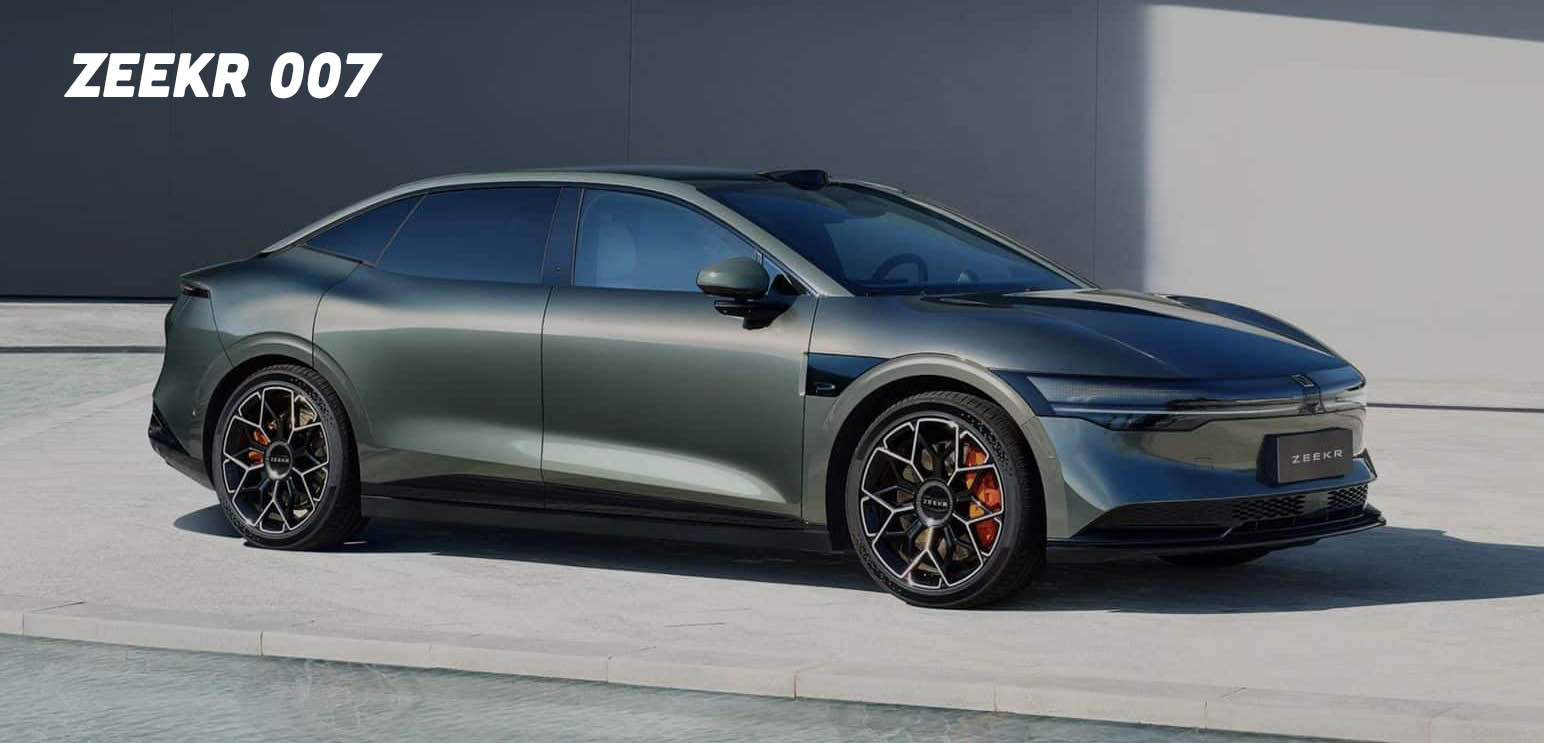
Founded in 2021, Zeekr has already made half a million cars, including partnering with Waymo to develop autonomous taxis. As an example of Zeekr’s technology, one could look at their 007 Luxury Sedan. It features self-driving with LIDAR and twelve high-definition cameras, but I’m not really interested in that. What excites me is that with the availability of all-wheel drive, it has a combined total of 687 horsepower and can hit 100 kmph in 2.87 seconds.

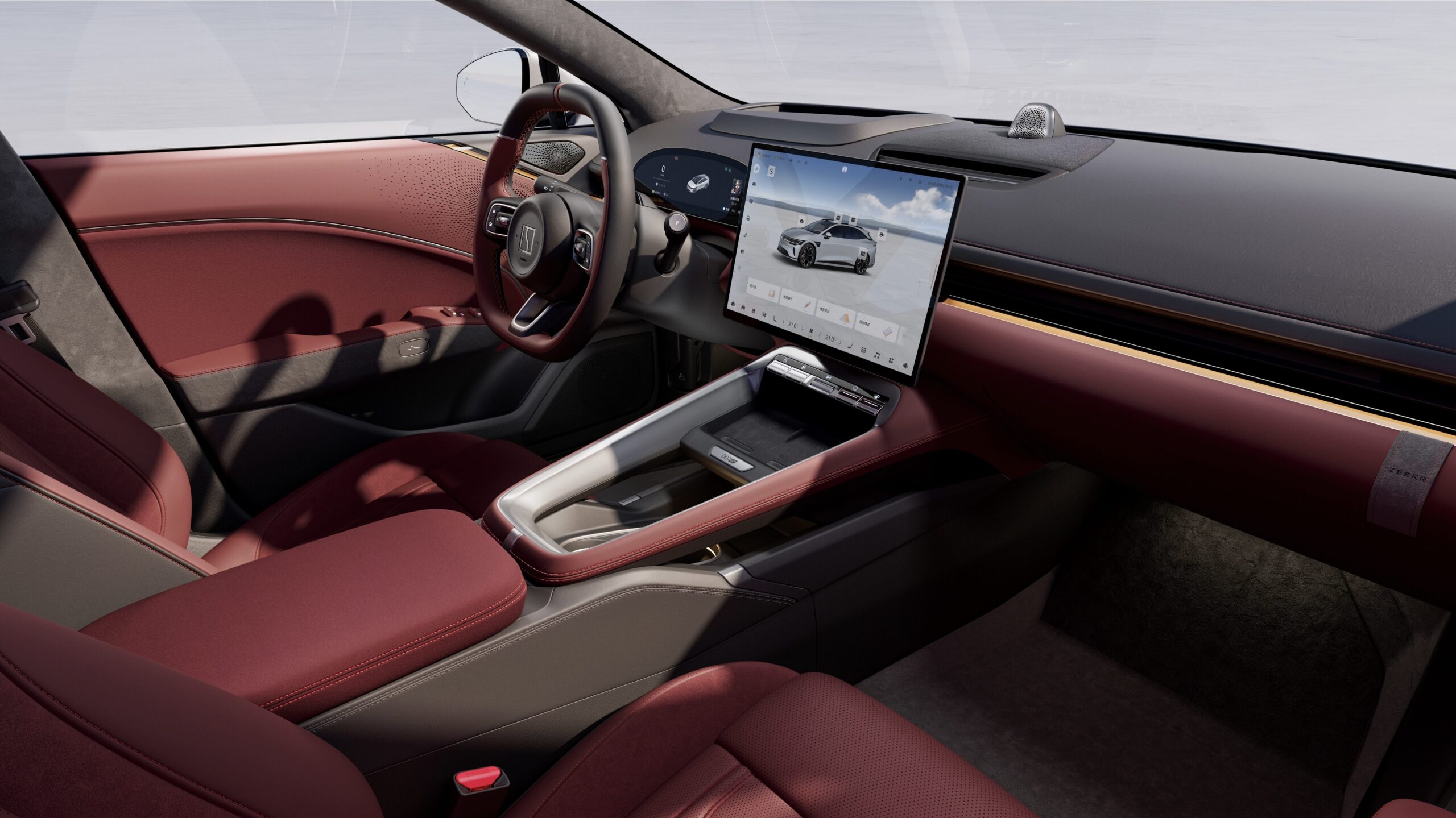
What’s more impressive is its ability to charge up to a 600-kilometer range in a mere 15 minutes—not much longer than it takes Mercedes Streeter to tank up whatever monster pickup she’s convinced a Big Three to loan her today. Suddenly, the issues people have with EVs are a distant memory. The cost? If you’re a Western OEM, you don’t want to know. How is it possible to offer all of this for a starting price of $38,000?

Obviously, with tariffs and other expenses, this car would likely sell for significantly more in any nation outside of China. But still, that kind of money seems low enough that you could add in a lot of hand labor and customization with super-premium materials and still get something to sharply undercut the price of anything Aston could even dream of making right now.
An Aston Martin that’s a rebadged, cheaper car? It’s been done in recent memory. The absurd Toyota/Scion iQ-based Cygnet was more of a regulations dodge than a serious attempt, but regardless, Aston wasn’t too proud to make that move.
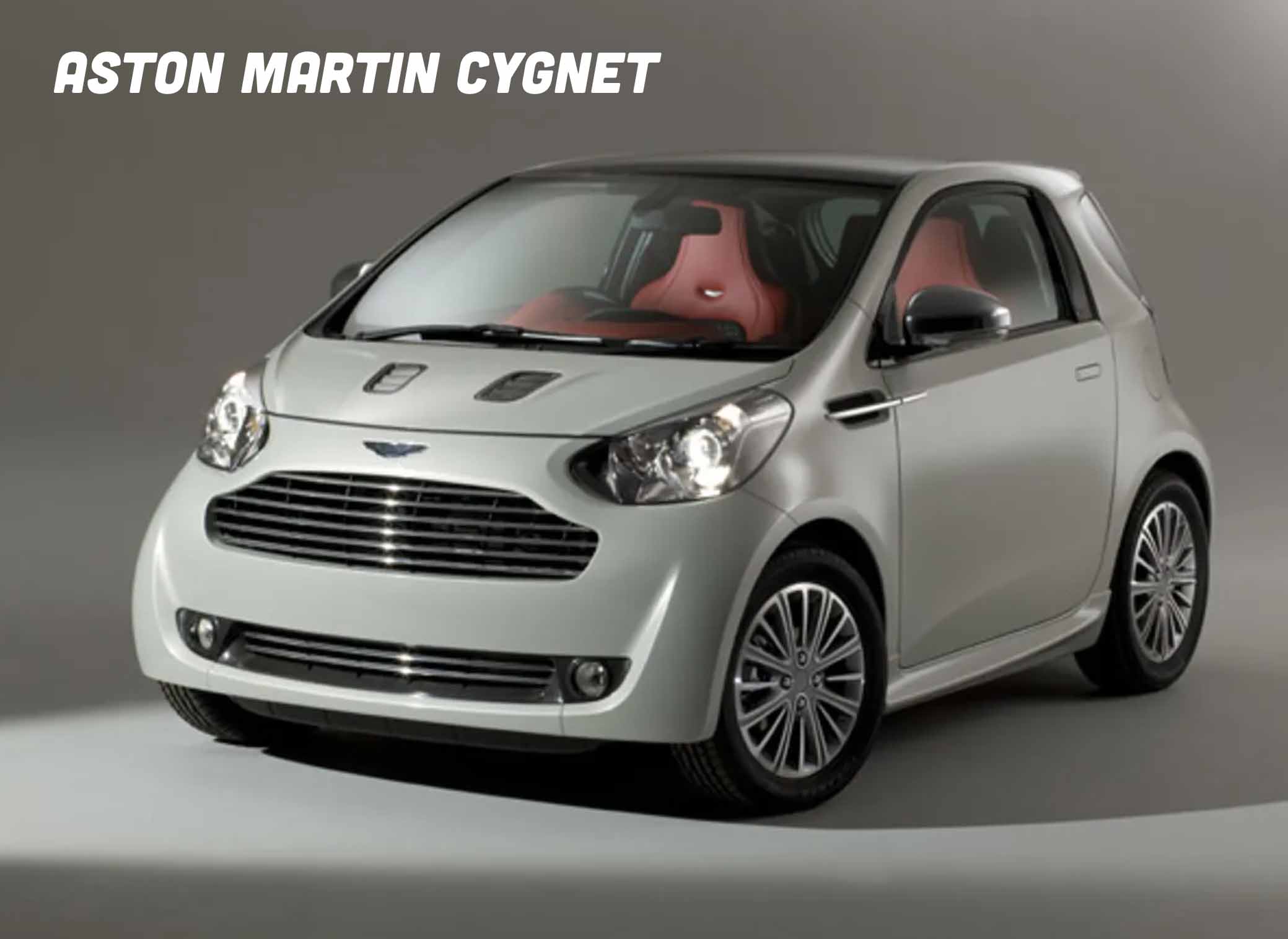
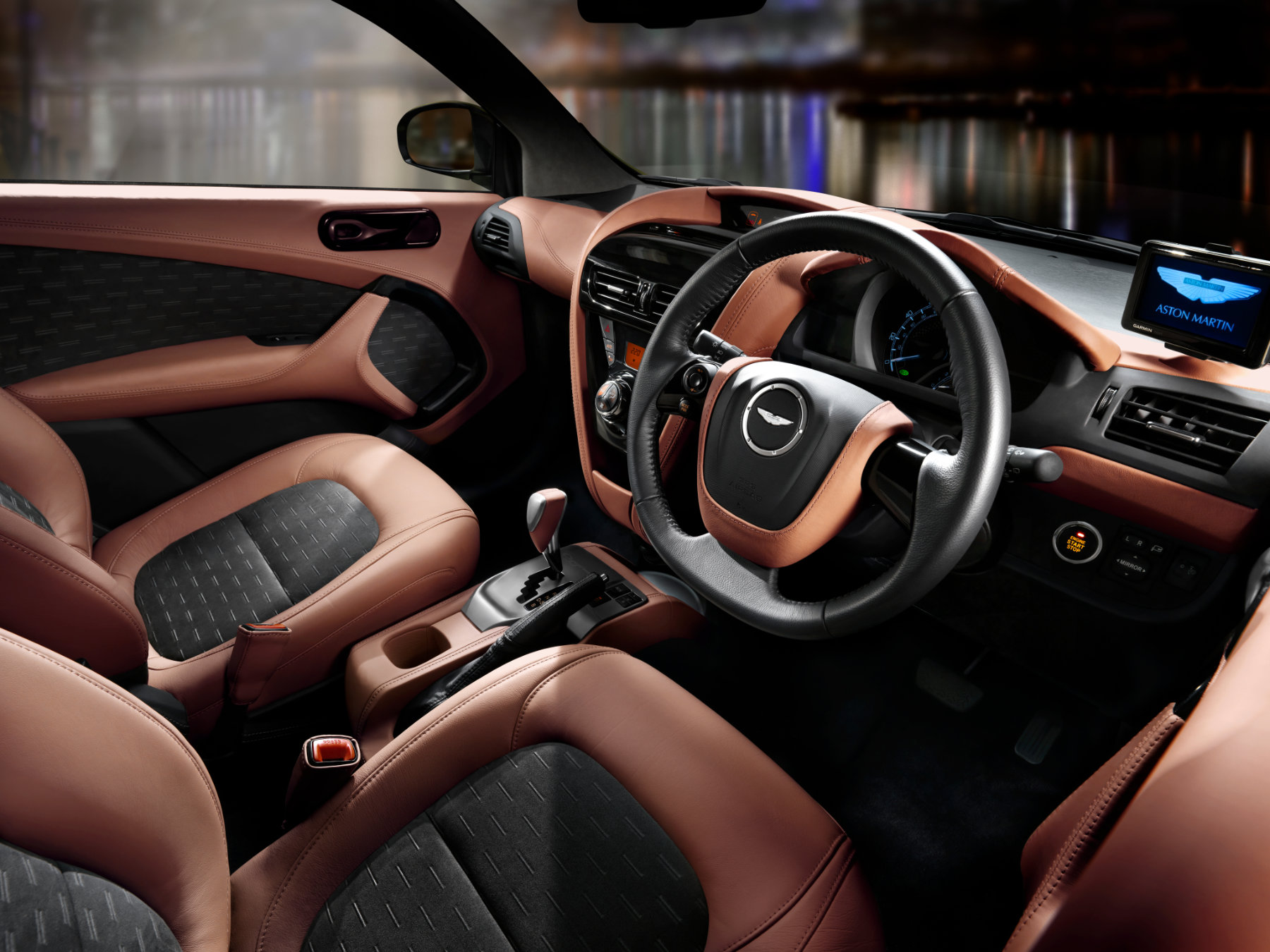
With such exceptional performance, that Zeekr 007 would seem to make it an ideal candidate for a new entry-level Aston Martin, and an EV one at that. I’m not necessarily suggesting a simple badge-engineered Chinese car. Naturally, Zeekr would need to do some major work on the 007 to become something worthy of the royal family. I think I have the perfect Aston Martin for Geely to use as an inspiration.
It’s Called ‘Saloon Car’, Not Sedan, You Yank Trash
As nice as Aston Martin’s coupes have been over the last century, their saloon cars have had a unique and possibly even greater appeal. The one that stands out most for me was the impossibly-advanced-for-the-time Lagonda, first shown in 1976. Love it or hate it, you can’t ignore this William Towns-designed masterpiece.
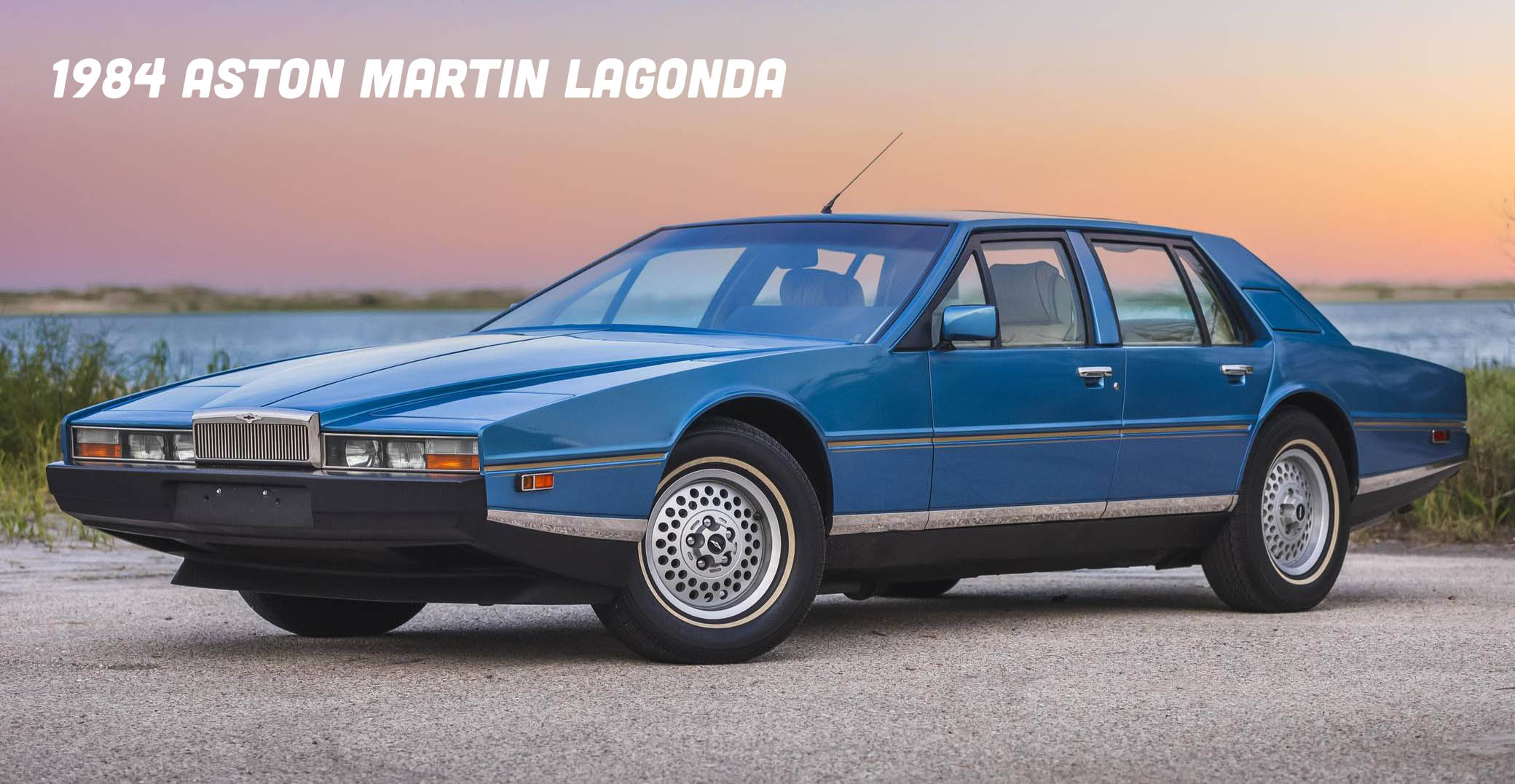
More recently, Aston presented the dramatic 2010 Rapide sedan with chassis and underpinnings from the DB9.
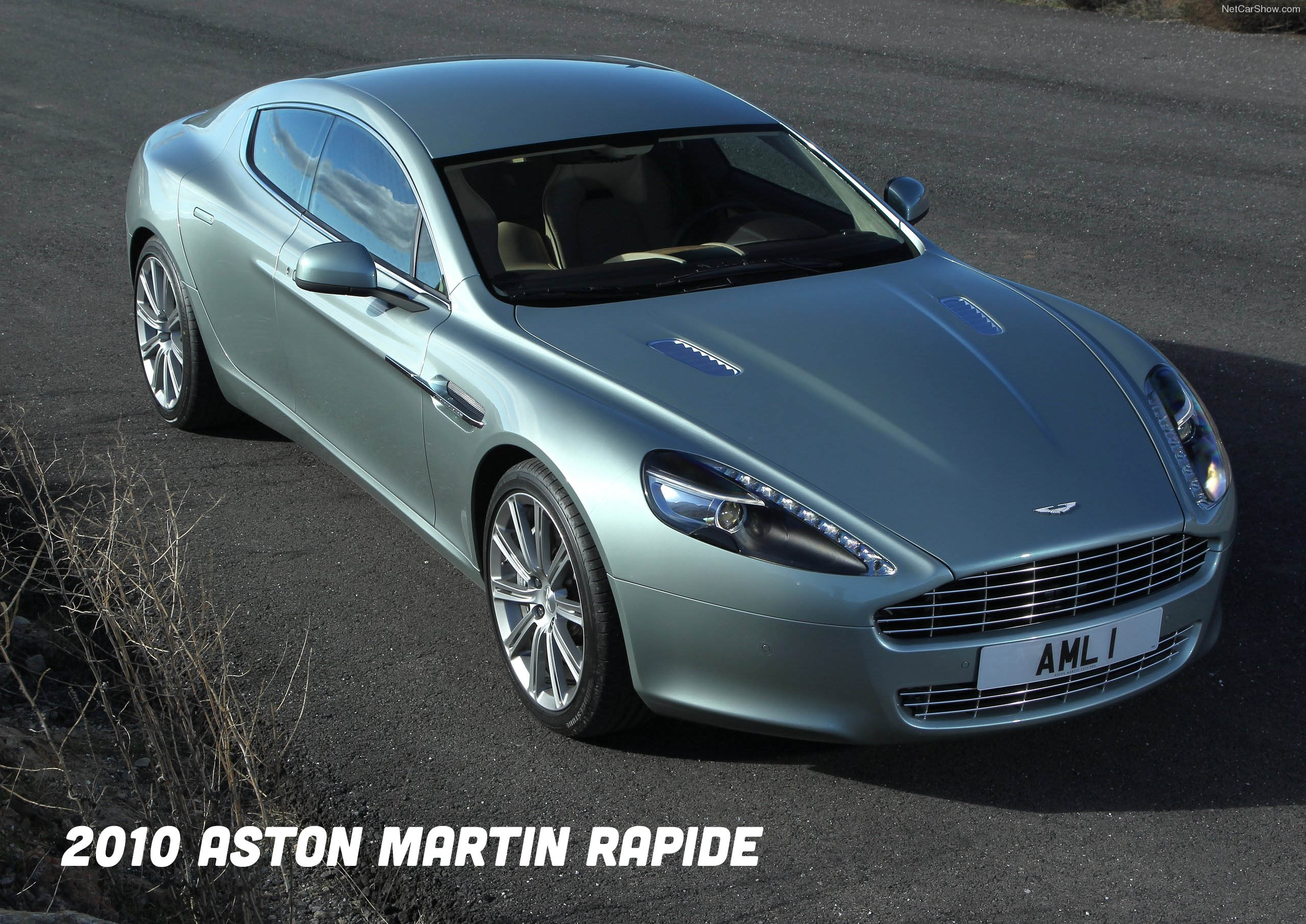
However, to me, the most striking of all of them was an uber-exclusive sedan called the Taraf from 2015. With a tapered nose and tail and crisp lines, if you ever wondered what a modernized in-house Towns Lagonda “tribute” might look like, this was your chance to see it.
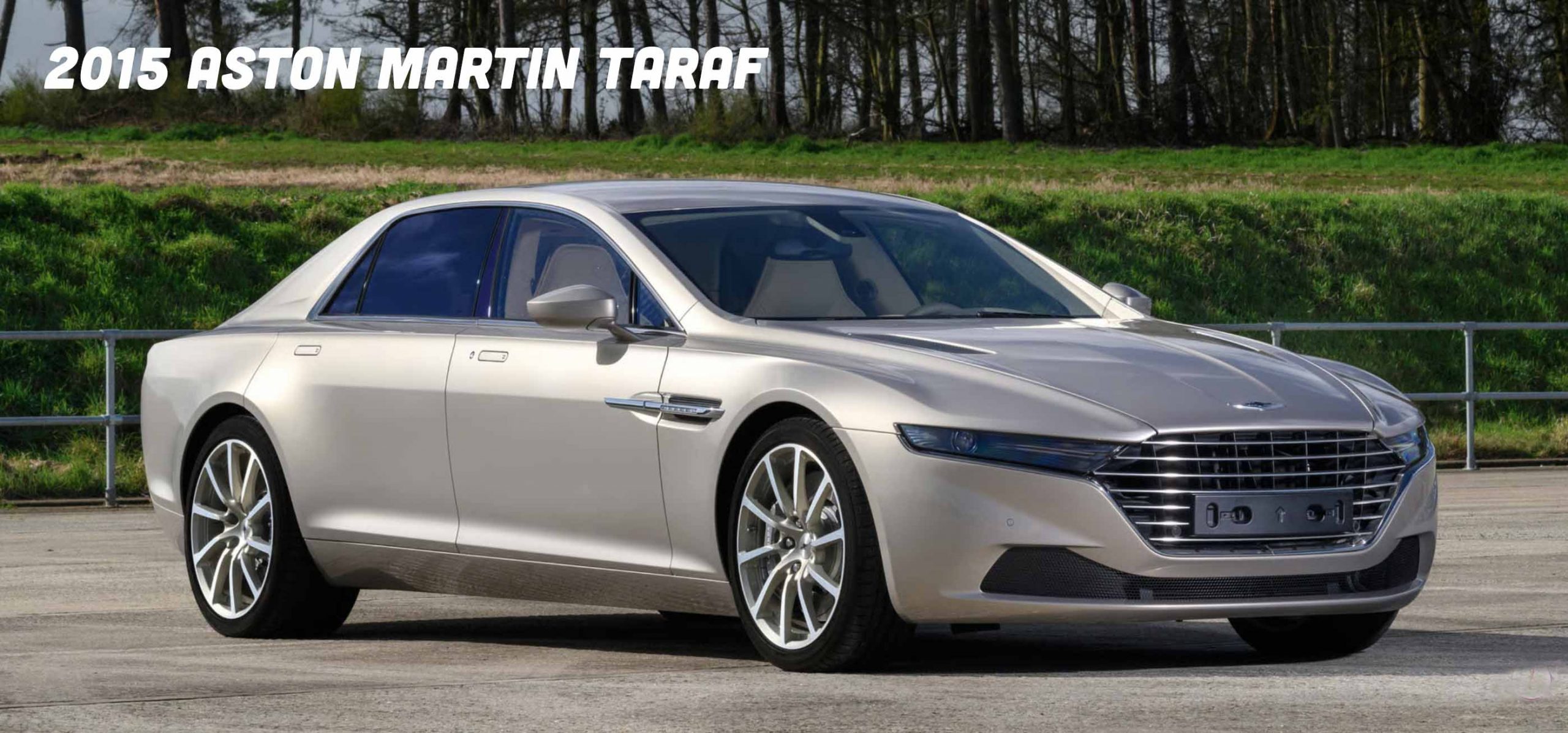
I have to say that it’s one of the most beautiful sedans ever built, and the interior is just as nice.
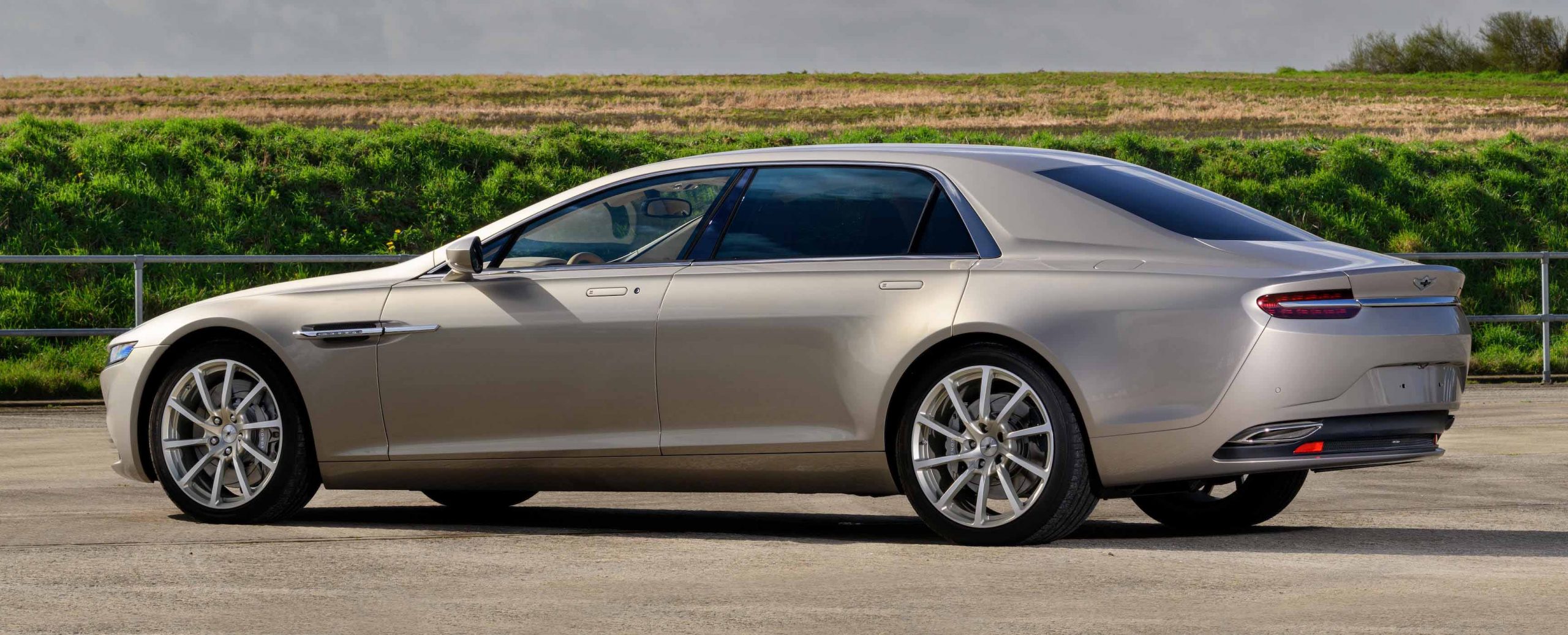
The most disappointing part of the Taraf was that few people would get the chance to see one ever, much less own an example. Based on the Rapide, only 120 of these bespoke jewels were hand-built and offered for the price a cool $1 million each.
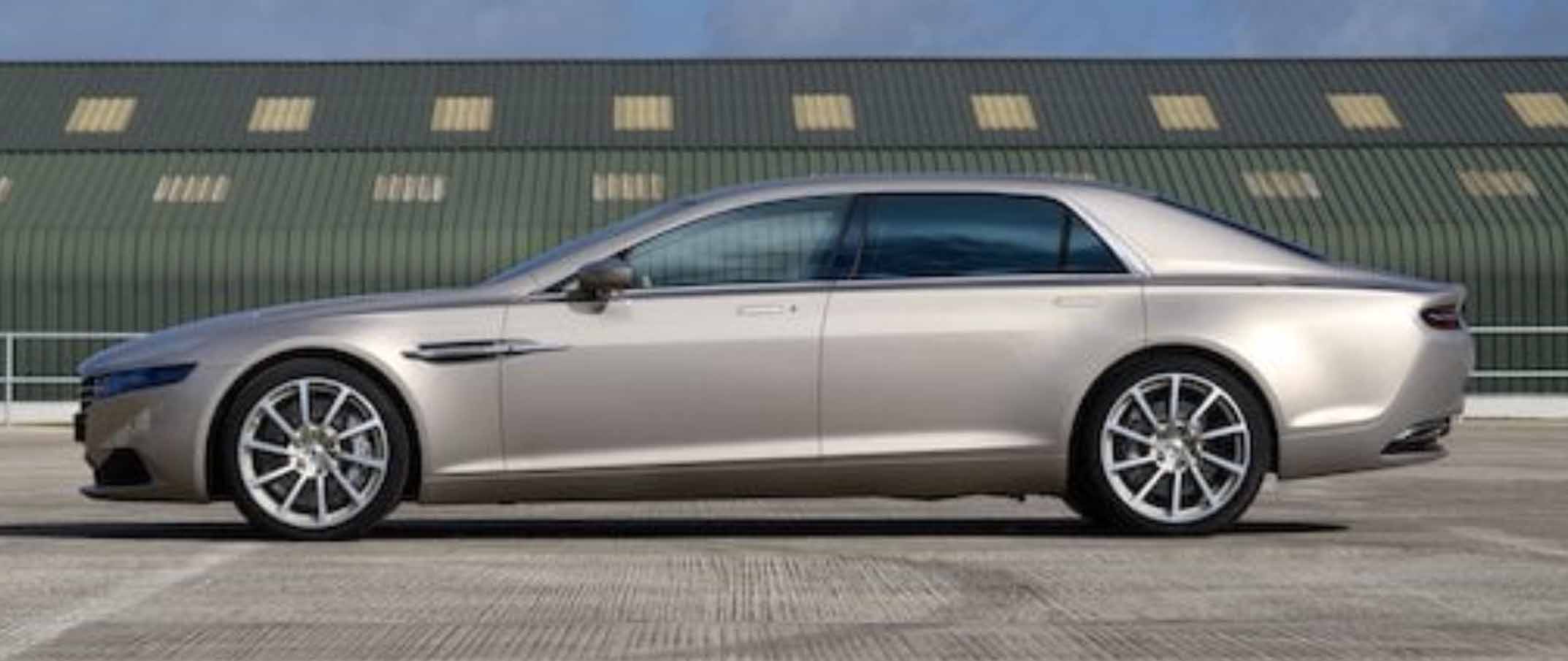
Even a decade on, the Taraf looks fresh and timeless. Wouldn’t it be nice to revisit this aesthetic on something everyone in the top five percent tax brackets could afford and not just one percenters? Let’s get to work on the new Aston Martin Viscount.
Alibaba Martin?
Proportionally, the Taraf follows the very low-and-long layout of the original 1976 Lagonda, so the taller profile of the Zeekr 007 poses some problems for our design of the Viscount. I’ll try to compensate by adding some length front and back, with a slight wheelbase increase by moving the front wheels forward a bit. At the same time, I’m going to keep the greenhouse (glass area) of the Zeekr 007 and the basic doors with a reskinning that alters the shape a bit to pick up on the line from the Taraf that runs from the headlights all the way down the length of the car.
The Taraf’s nose would be kept almost intact for the Viscount; this grille from the 2015 boutique car is not the same as the current Aston look, but in some ways, that would help to keep it differentiated from the latest batch of more expensive, low-volume cars. Actually, I lied; I hate that Billy Bass face on current Aston Martins that looks like it’s about to mouth out “Take Me To The River,” so I’d come up with any excuse to do something different. There, I said it. Still, sales numbers of the latest models with this massive grille seem to prove that I’m not alone.
From the animation below, you can see how the Viscount is remarkably close to being more or less the same car as the Zeekr.
The C pillar is now solid and flows back to an elongated tail that tapers slightly about the trunk..I mean “boot”. The taillights are sunken into a recess on the back just like the Taraf.
Now, the animation to show you how things have been altered:
Certainly, the Viscount is no longer recognizable as a Zeekr, which would be hard to do when virtually nobody outside of China knows what a Zeekr even is anyway. It’s got an elegant appearance that would of course be enhanced by hand-rubbed paint of many coats and stainless steel trim to give buyers that something extra they want to impress the other members at the club.
I simply can’t leave well enough alone, so I’d like to see Aston offering the Viscount in other limited-edition versions as well, with different body styles like the hatchbacked Viscount Gran Turismo and, of course, the Viscount Gran Tour, a Whole Foods run-ready station wagon.
Inside, the Taraf had the expected lavish interior fittings that the Viscount could easily try to simulate in a still-handcrafted but more mass-produced way. Let’s take another look at that limited edition Aston’s cabin:
Wow, so fancy. Still, there’s nothing there that couldn’t be easily duplicated for far less in our Aston Martin Viscount. Geez, look at the exposed seat rails in that Taraf above; a million bucks and you couldn’t make some kind of covers? My guess is that you could have either a bench seat in back or divided seating with even a refrigerator between them.
I would, of course, change the dated-looking DB9 instrument panel display for something with a large screen fully enclosed by a curved leather-covered surrounding that disguises it. You’d have a delightful mix of technology, like the HUD display, and still an analog timepiece at the top of the center stack. The interior would be bespoke within some limits, so you get the Aston experience but at the lower price point.
When people heard that they were going to turn a Chevy Nova into a Cadillac, we didn’t expect something as nice as the first Seville but were pleasantly surprised. That 600-horse Zeekr sure ain’t no Nova, so maybe this wouldn’t be so bad after all?
A Taraf With Tarriffs?
“Well”, you smugly say, “I bet that ‘Zeekr Martin’ won’t have the quality of the Taraf”. I agree: I’m pretty sure the Chinese car would be far better. Period tests of the Taraf mention less-than-great ride quality as well as wind noise and road roar; you simply can’t get a car fully sorted when you’re only making 120 examples and aren’t a division of a giant like Ford to lend a hand with development. Besides, Aston probably didn’t care since the people dropping a million bucks on a Taraf were likely not going to drive it at all, much less to work and kid’s soccer practice for 120,000 miles. The Zeekr 007, on the other hand, sold over 40,000 units in its first year of 2024; you can imagine there’s been a lot of improvements and tweaks already done. Zero to sixty in 2.87 seconds and ultra-fast charging? Don’t kid yourself: that Zeekr is some serious kit.
The US currently has a 100 percent tariff on Chinese-built cars, but that wouldn’t necessarily stop the Viscount from coming here. The parts could be sent to the UK for assembly and finishing or something like that, but honestly, even at double or triple the price it sells for in China, the Zeekr would likely be a reasonable deal in America in the sub-$200,000 range. For a car with the Zeekr’s performance, hand-crafted interior, and legendary brand name, it would seem to be a recipe for success, or at the very least an income-stream car that would help to fund some of the batch-of-100 specialty cars they want to build.
Hey, even the reviled Cadillac Cimarron sold over 132,000 examples over seven years. I’m sure Aston Martin would kill for numbers like that; they certainly need it if they expect to see another hundred years.
Support our mission of championing car culture by becoming an Official Autopian Member.

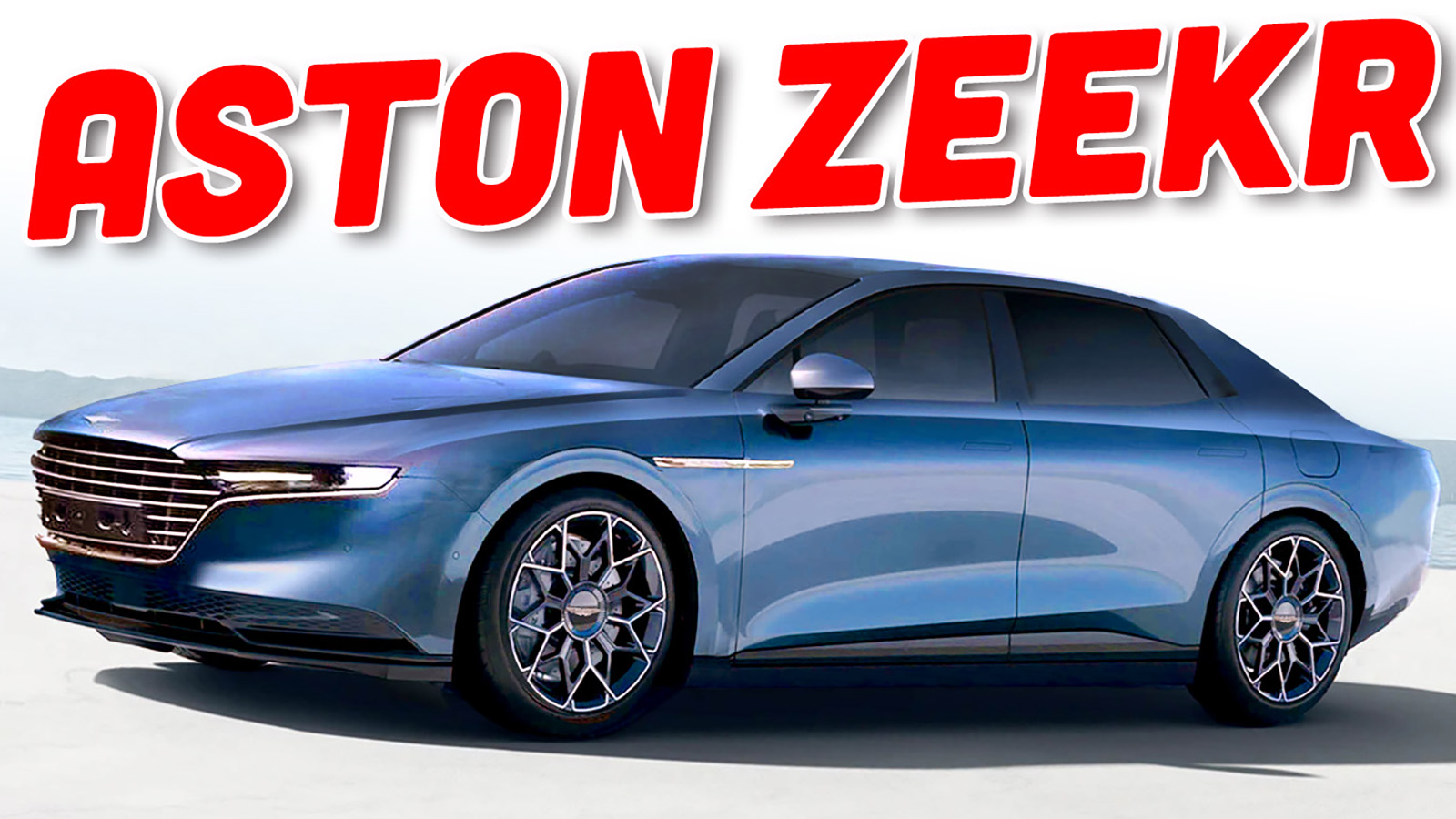
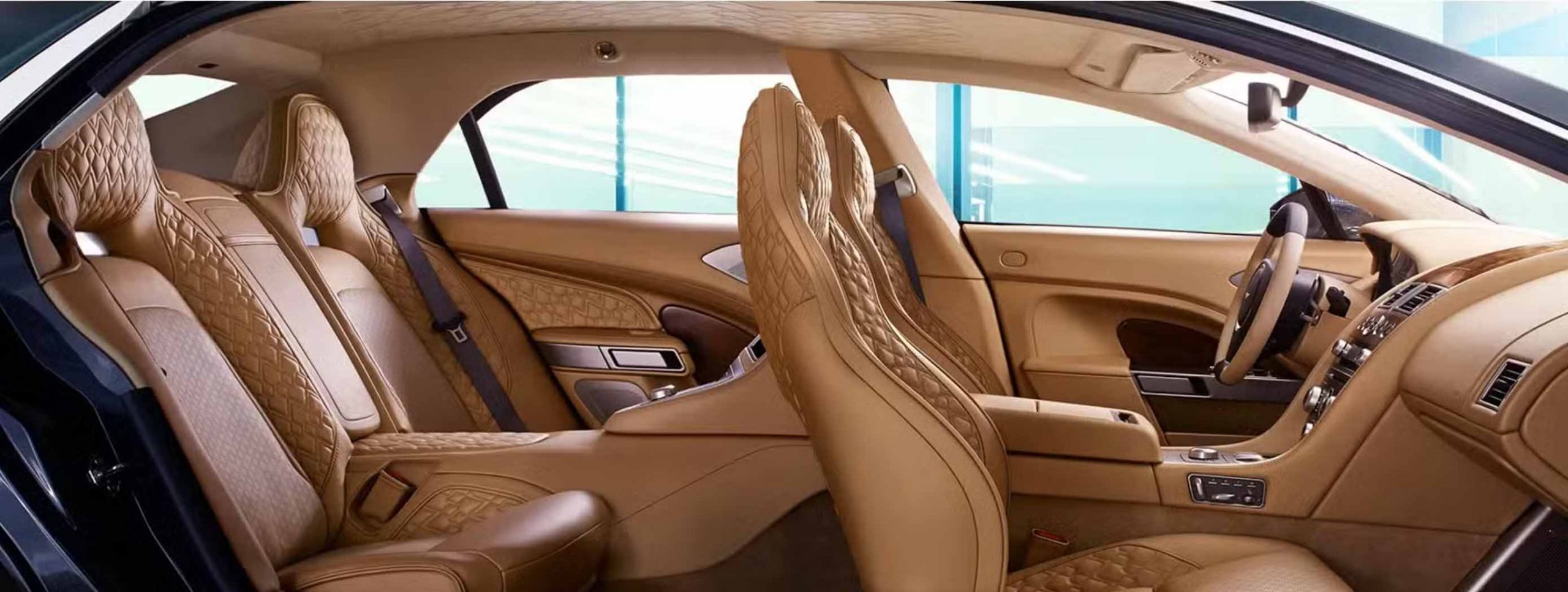
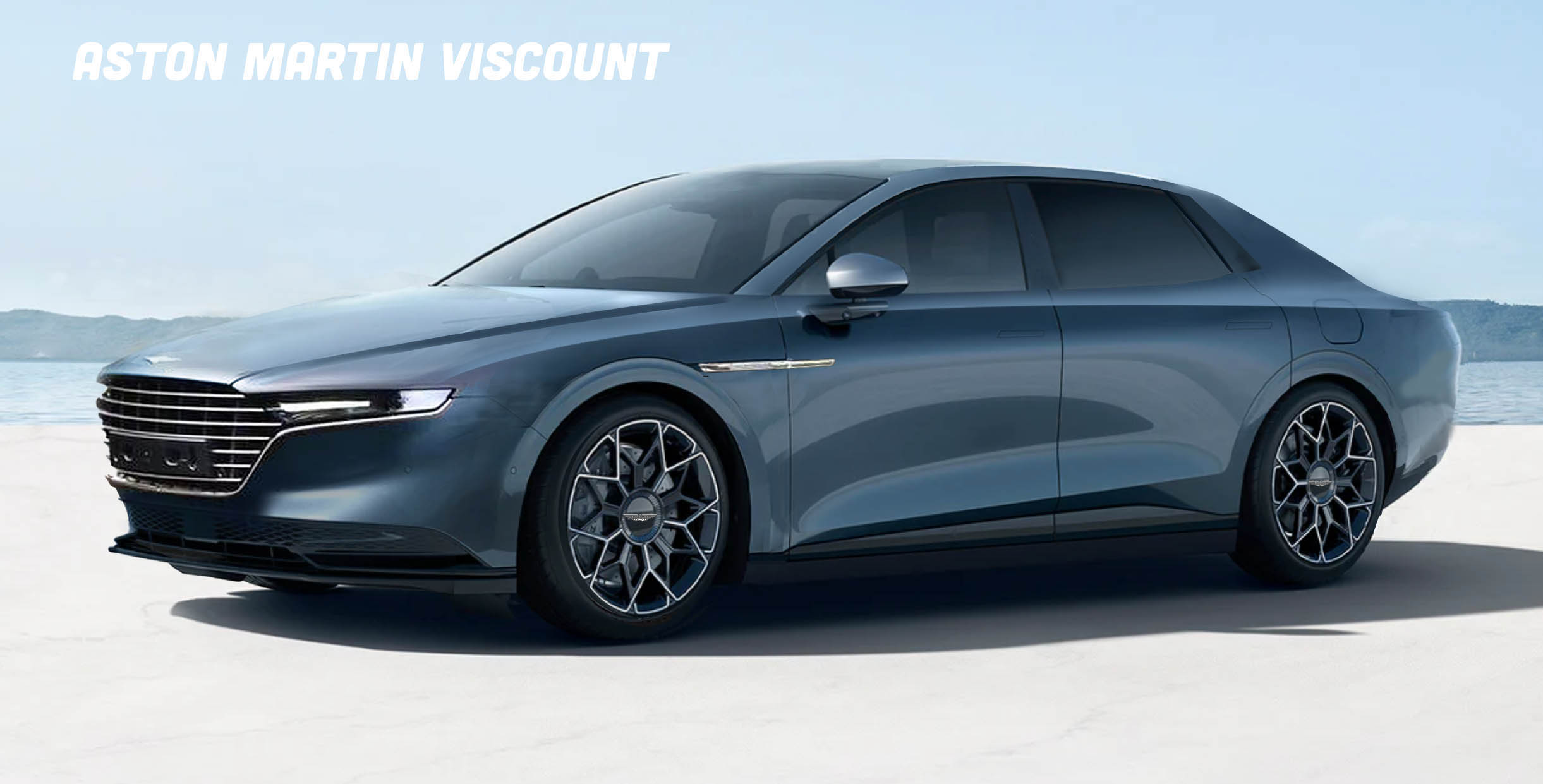
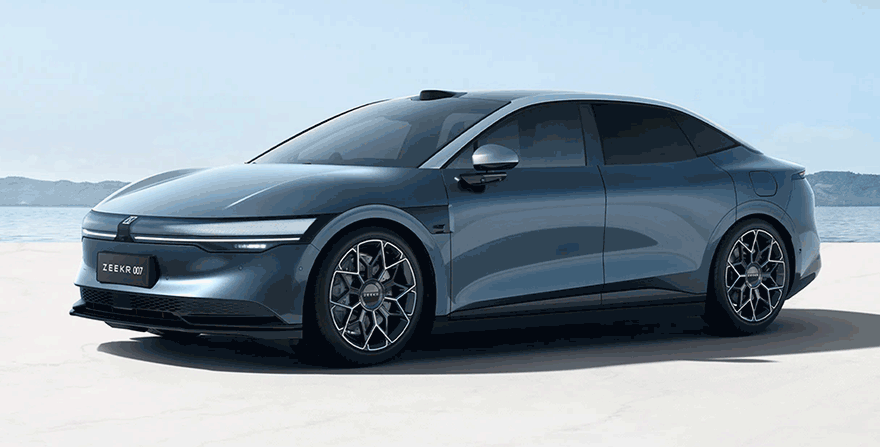
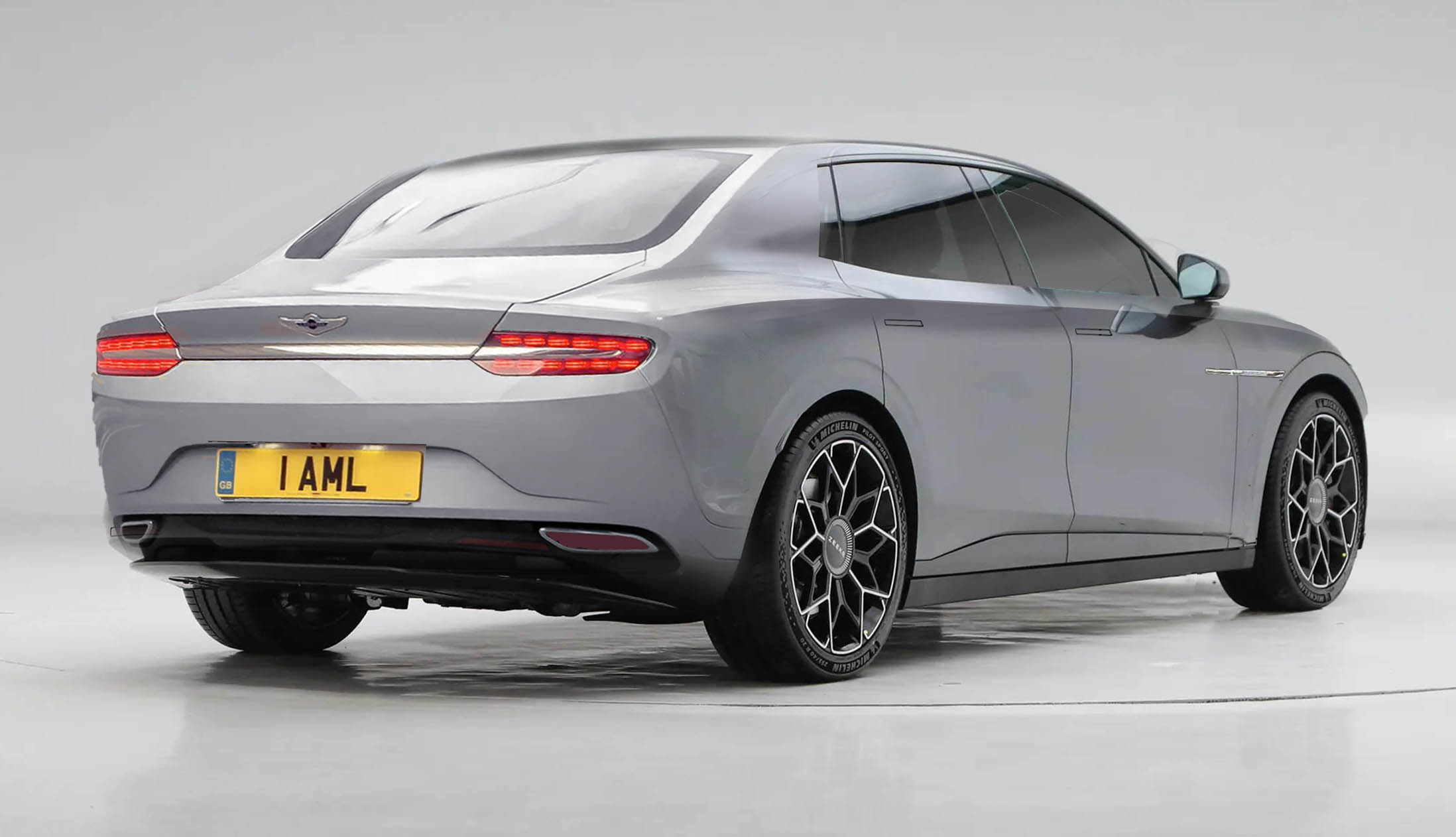
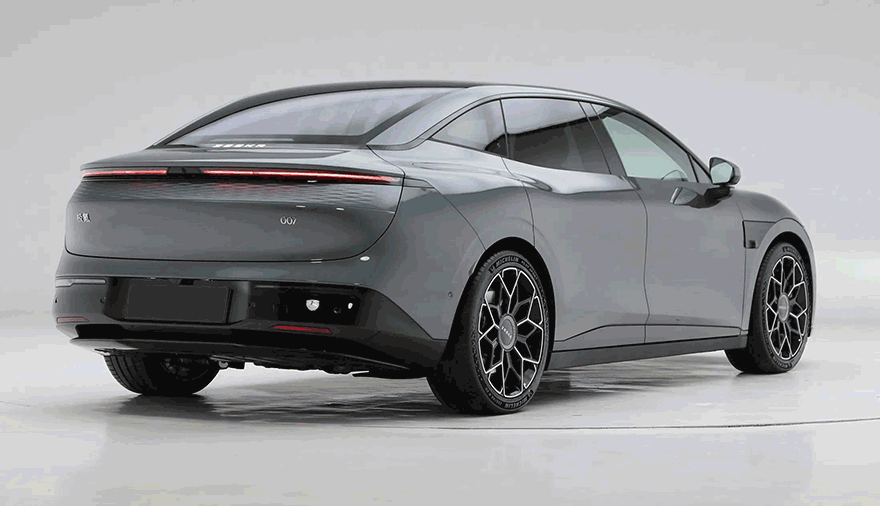
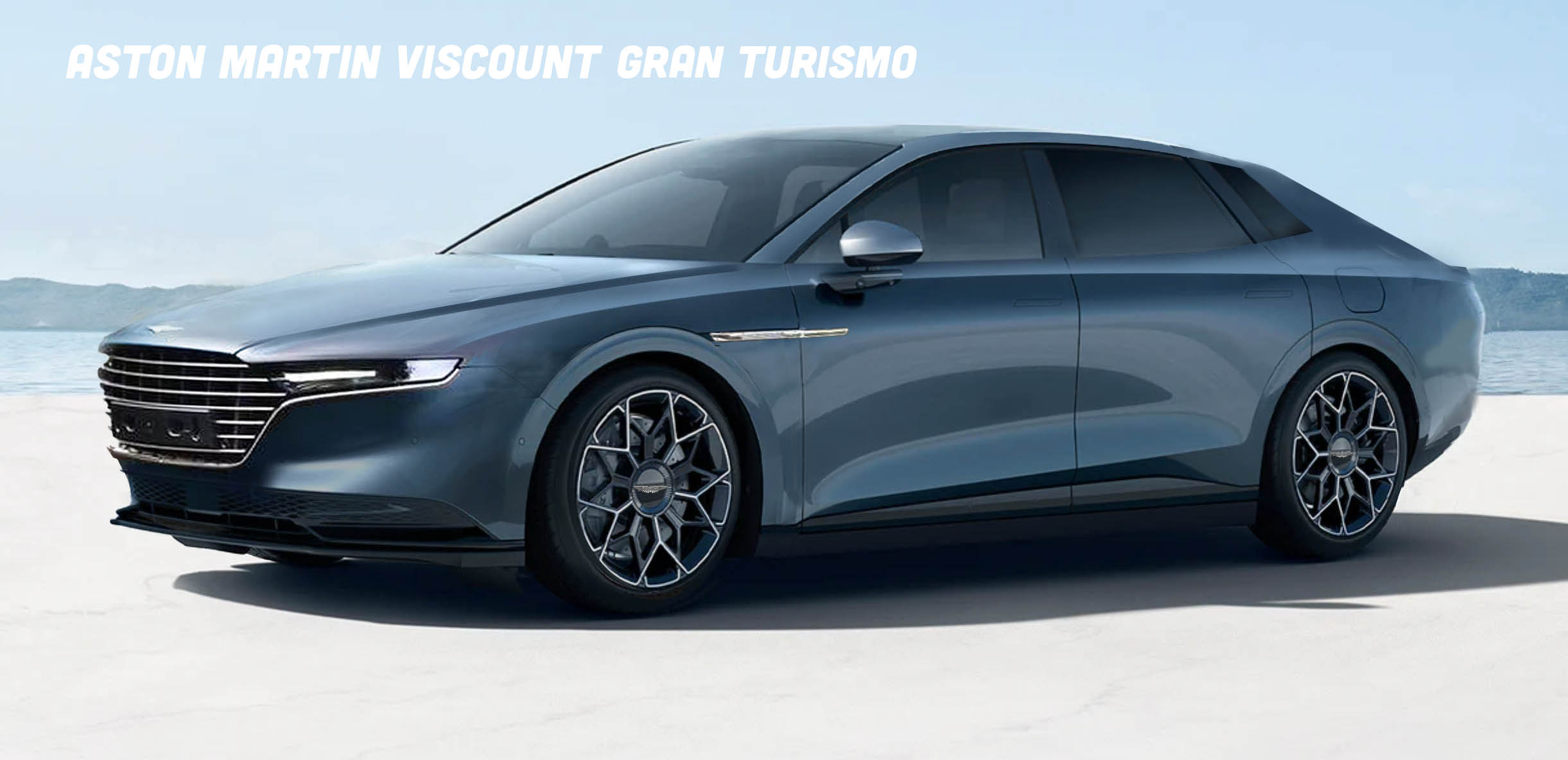
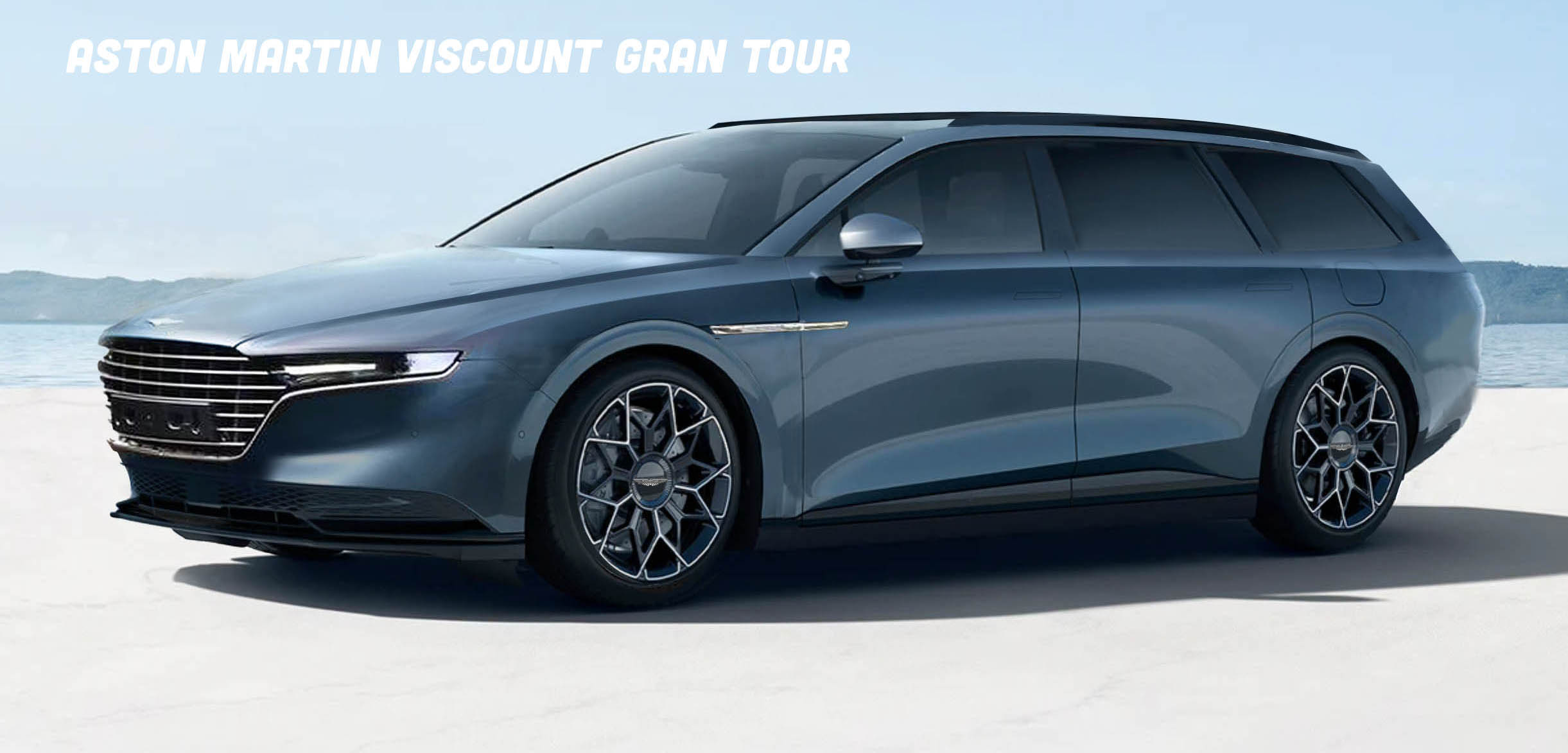
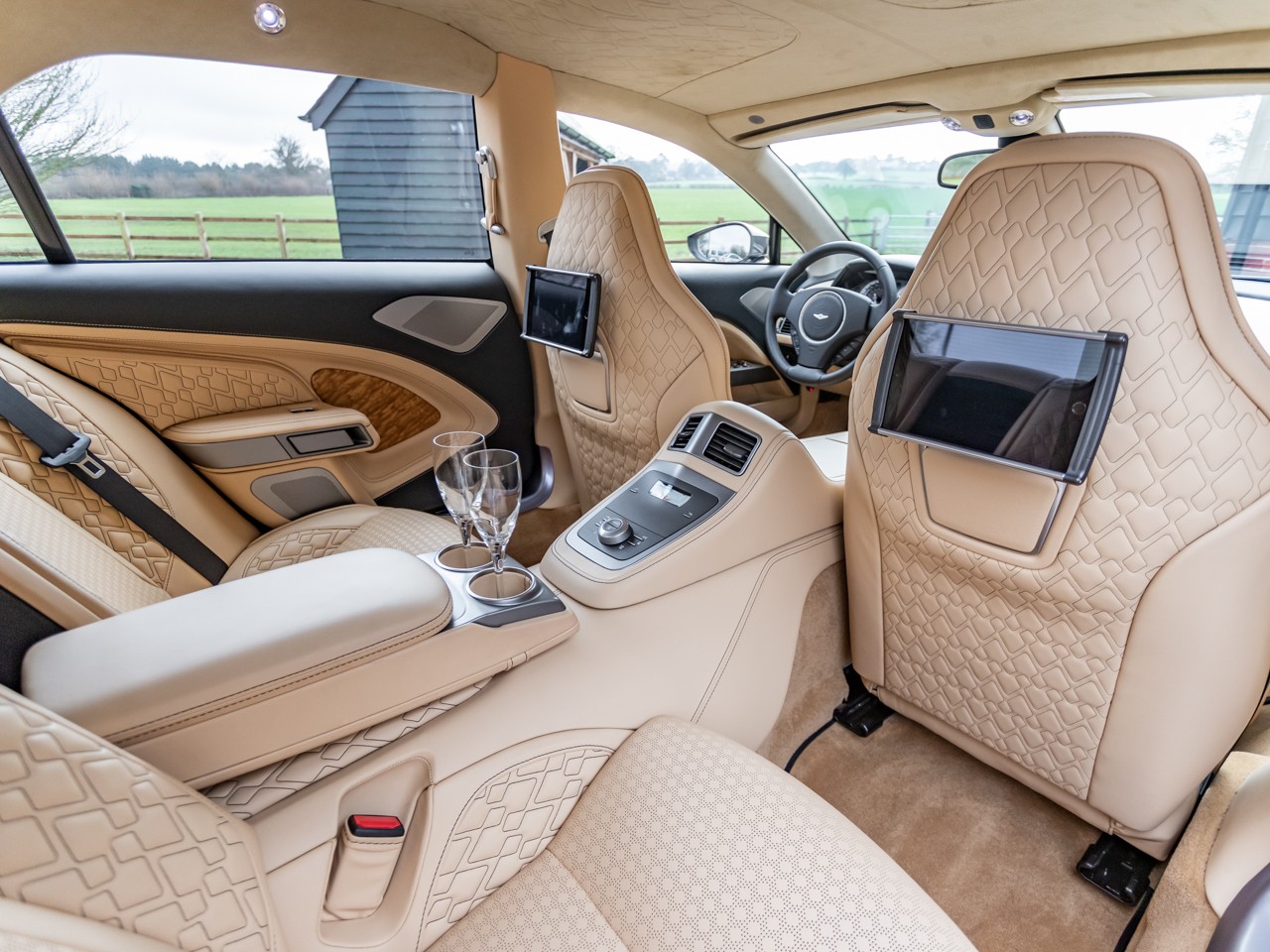






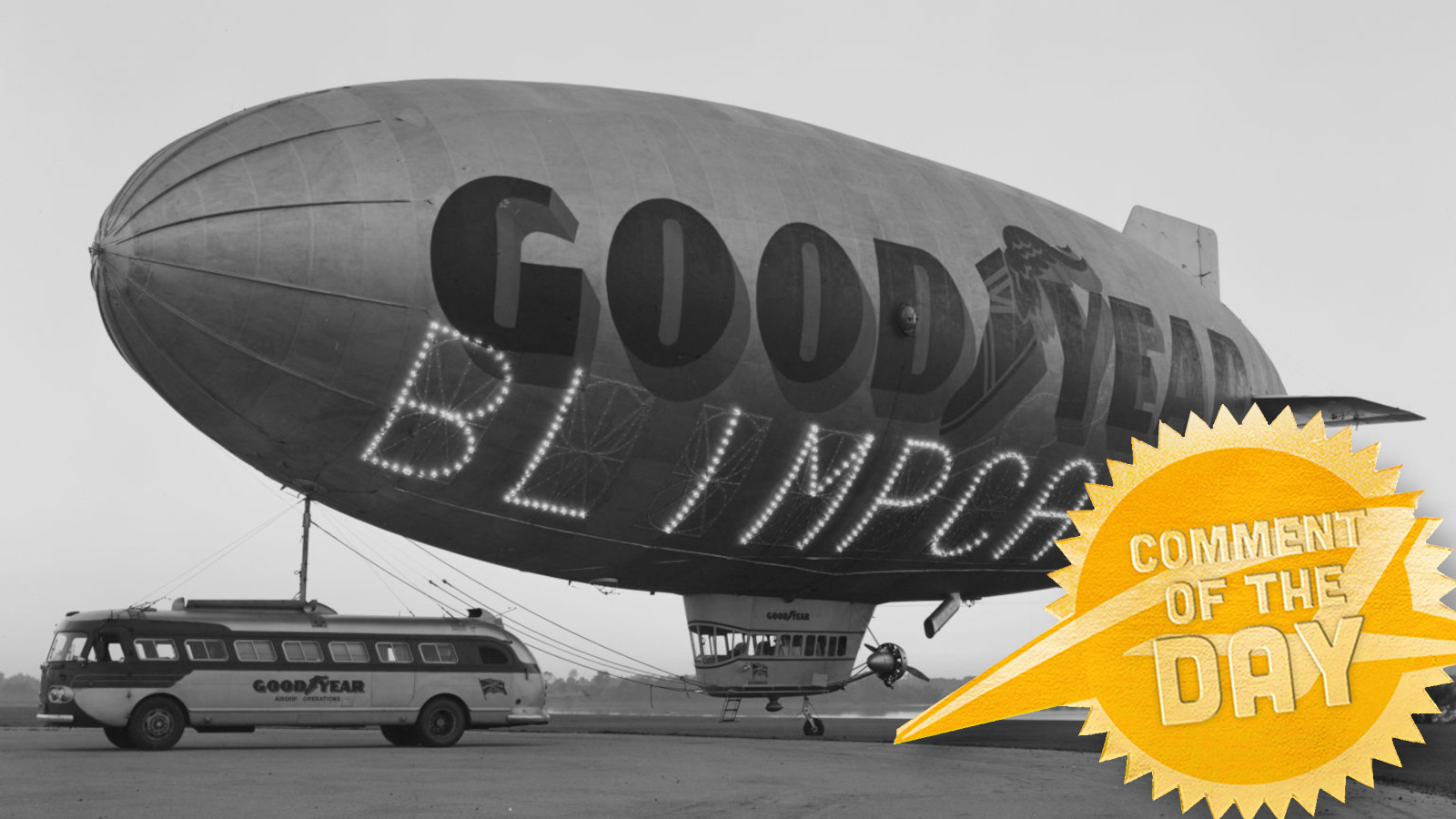


“I have to say that it’s one of the most beautiful sedans ever built”
I don’t think I’ve ever disagreed with something written on this site more than this. (I still love your work and articles, they’re so well done)
There’s no way a volume luxury sedan is the answer Aston needs. That whole segment is dying. Jaguar quit making cars entirely and Lexus is cancelling the LS. If anything they should be considering an X5 competitior.
If it saves Aston-Martin, I’m open to it. The DBX is not quite doing enough, apparently.
I’ve stopped reading after the Viscount Grand Tour. Nothing wrong with the text, it is simply because I can’t focus on anything else after that. The Want is too strong. I’ll read later, I promise – as soon as I find a way to look away from THAT!
I wish Aston would pick this up, not only the design, but the business strategy as well, it appears really sound. But the fact you aren’t working for them all but guarantee that they won’t. Well, their loss.
The Chinese aren’t shy in “borrowing” designs, maybe they can use the “inspiration” themselves?
Anyway, not sure how you feel about them (I really skipped the text to comment!), but these are some of the best designs I’ve seen in a while, thank you for that.
A wedgy Lagonda will always steal my heart! Honestly, though, your renderings have serious future Genisis product vibes. The Koreans are killing it when it comes to styling their Genisis products, well, to me anyway. I do know I’m tired of the quilted diamond stitching looks for seating. I think it looks cheap. It reminds me of a cheap bedspread people had from Kmart back in the early 80s.As always, Bishop, your work is amazing and one of my first click to’s on this site. Well honestly, if its a Bishop article or Jason tail light article I have to flip a coin. I only get 15 minute breaks at work Afterall!
Thank you very much! However, personally I’d read a Jason tail light post first if I were you.
Not so quick there Bishop. Jason’s articles don’t have those cool styling transformations happening like magic before my eyes like your post do .I do love me a tail light….However…. Your work always makes me happy, too! this coming from someone who’s school notebooks were filled with car doodles. When the aero phase hit in the early 80’s, I’d trace a mundane car and design a new aero front and rear clip for it. I Truly love your post and revel in your talent. Fun fact, I got a grant from GM to go to their design school at GMI in 1984. Sadly, it didn’t include housing and my single recently divorced mom at the time couldn’t afford to send me and dad thought car design was a no go career. Also it would have taken money away from his recent half his age new trophy wife. Oh well, what could have been wasn’t. Truly enjoy you using your talent and sharing.
If Aston-Martin doesn’t bite,maybe someone could set up shop in Switzerland and bring back Monteverdi. A new Zeekr is certainly a more worthy base to work with than a Dodge Aspen.
I’d rather have one of those Monteverdi rebodied International Scouts
Getting Ferrari Pinin vibes out of this one. I like it.
This Zeekr is now being exported as the 7X to avoid any lawsuits from Amazon, and is priced to compete against the Model Y in Australia.
It was available to order just a month ago and presales went nuts. Going to be a very popular car.
I’m not surprised- I’m not nuts for the looks but the performance is outrageous.
When I first saw this I thought Dodge Ram Sedan.
Maybe this is one for Maserati?
I had never seen the Taraf, and you’re absolutely right – that is a gorgeous sedan. The interior is a bit overdone, but the exterior is excellent.
Your Zeekr version is quite good as well even with the Zeekr underpinnings, and I actually prefer the sedan over the wagon despite loving wagons. Nice job as always.
Keep in mind they are using Mercedes powerplants now.
Geely is also a part owner of Mercedes
While I like the design, the reality is I don’t think there is a large enough market for a 4 door saloon. Heck the Lexus LS sedan is only around 5000 annual worldwide and that is being discontinued. The BMW 7 series sedan only sold 1770 units in the US in 2024. (I can’t find worldwide sales.)
How can you think this sedan will even come close to matching the abysmal BMW or sales levels? They won’t. I don’t even think they will be able to recoup the costs to develop of the rebadging exercise being suggested?
Large 4 door luxury sedans are just too low volume nowadays.
A Bremont dash clock seems like money on the table for that watchmaker, of which I’m a big fan. We tragic anglophiles love that sort of thing, like Linn and Naim stereo systems in Astons and Bentleys. Some of them (not me) can even afford it!
Is it just me or does the Taraf look like a 4-door version of late-model Cadillac El Dorado
Kind of looks like a last generation Lincoln. And to be honest, that was initially what I thought they were doing – modifying that car. I think that they could do Much, Much worse than starting out with the bones of a Continental…
Can they call it the Fusion, or is that still trademarked?
A twist on your suggestion. The Saudi PiF that owns a chunk of Aston also owns a huge chunk of Lucid. In fact I think Aston’s own EV plans will use Lucid tech in some form or another. Maybe an Aston based on the Air has a genuine chance of seeing the light of day?
That’s actually a pretty good idea there!
And this is why car companies have multiple divisions. A-M doesn’t need to water down its brand by offering rebadged Chinesium technology to the Western world.
What they need is someone like Jaguar which should be aiming for a wealthy, but not nearly as wealthy, clientele as A-M and should be selling at much higher volumes. In 2023, Jaguar sold 64,000 units that year, while A-M sold 6,000 units. Now you get the economies of scale of a larger company, but without befouling your good name.
AWD, 687 horsepower, 100 kmph in 2.87 seconds, charging for a 600-kilometer range in 15 minutes and a starting price of $38,000?
Chinesium is supposed to be derogatory, but Zeekr is looking pretty good compared to Ye Olde English marques like JLR that literally haven’t been able to build any cars for weeks following a cyberattack.
0 to Zzzzzz in 3.8 seconds.
No one gives a crap about electric when you’re buying a $300k sports car that is supposed to stir the soul.
What advantages does this $300K motor car have over say, a train?…
Which I could also afford…
Might I interest you in a monorail, sir?
Kevin beat me to it… Mazda did something along these lines with the 6e. I sort of want one.
Was on the fence until I saw the thing (in Soul Red of course!) in person. The 6e definitely looks a lot prettier in real life, especially the front clip; really feels like a natural extension of Mazda’s current designs.
Just do it Aston.
I wonder what the Bishop would think of the Mazda 6e? It’s a pretty good example of a globally established automaker appropriating a pure-blooded Chinese EV and adding their own spin on things. Chinese media claims that Mazda was on a tight schedule, and couldn’t do any major changes apart from the exterior bits and chassis tuning, so the greenhouse and beltline stay pretty much identical to the Chinese original. Personally I love what they’ve done with the front and rear ends, just kinda disappointed with the Tesla-esqe buttonless interior.
The EZ-6/6e feels very rushed and badge engineery, but the recently released EZ-60/CX-6e seems much better designed and Mazda-like. It just went on sale in China and should reach Europe shortly.
Hard to disagree with you on the 6e, it lacks the polish that you’d expect from Mazda. Its small stuff like fonts in the infotainment and blinker sounds, but it adds up. But I liked the styling and Soul Red so much I ordered one 🙂 The exterior is polarising, but to me it still screams Mazda.
Not a fan of SUVs or crossovers, but I hope the EZ-60 becomes a huge cash cow for Mazda. The world needs more rotary hybrids!
I’m here for the Saloon and the Estate – but not the liftback.
But only six choices of leather?
Black, Cream, Tan, Brown, Blue, and Grey, I suppose?
No Green or Maroon?
Yeah, green and maroon are a must. A maroon with a dark blue exterior would be like the Lagonda one of my old classmates owns; sounds odd but it looks stunning.
Red/Maroon interiors should be considered a neutral.
They look great under Blue, Green, White, Silver/Grey, Tan/Beige, Gold and Black exteriors.
I think the Viscount looks pretty good. Unfortunately, it looks a hell of a lot like a Honda Accord. Nobody wants to buy a premium car only to have people ask where they went to have their Accord’s door handles shaved.
Aston needs to keep ICE available at least for the time being. The public still associates the brand with brawny V8 and V10 power, and an EV can’t replicate that visceral experience. Making them into another luxury EV brand risks losing their only chance to stand out IMO. Give the Aston loyalists what they want right now to keep sales afloat.
I like what you’ve created here, but it will never get built. The whole point of billionaires owning boutique automakers like Aston is so that they can control the customer list, thereby creating the illusion of exclusivity that is so desired by those billionaires who find themselves in need of a “boost” in something. If there was a budget Aston, affordable to mere millionaires (“I own a minor league hockey team!”), it would tarnish the whole point of being a billionaire in the first place.
Nice purse from that sow’s ear Zeekr. If it gets made, hope it turns out better than the Sterling.
That’s a low bar there.
Also, they started with an Acura Legend for Godsake. How do you screw that up??